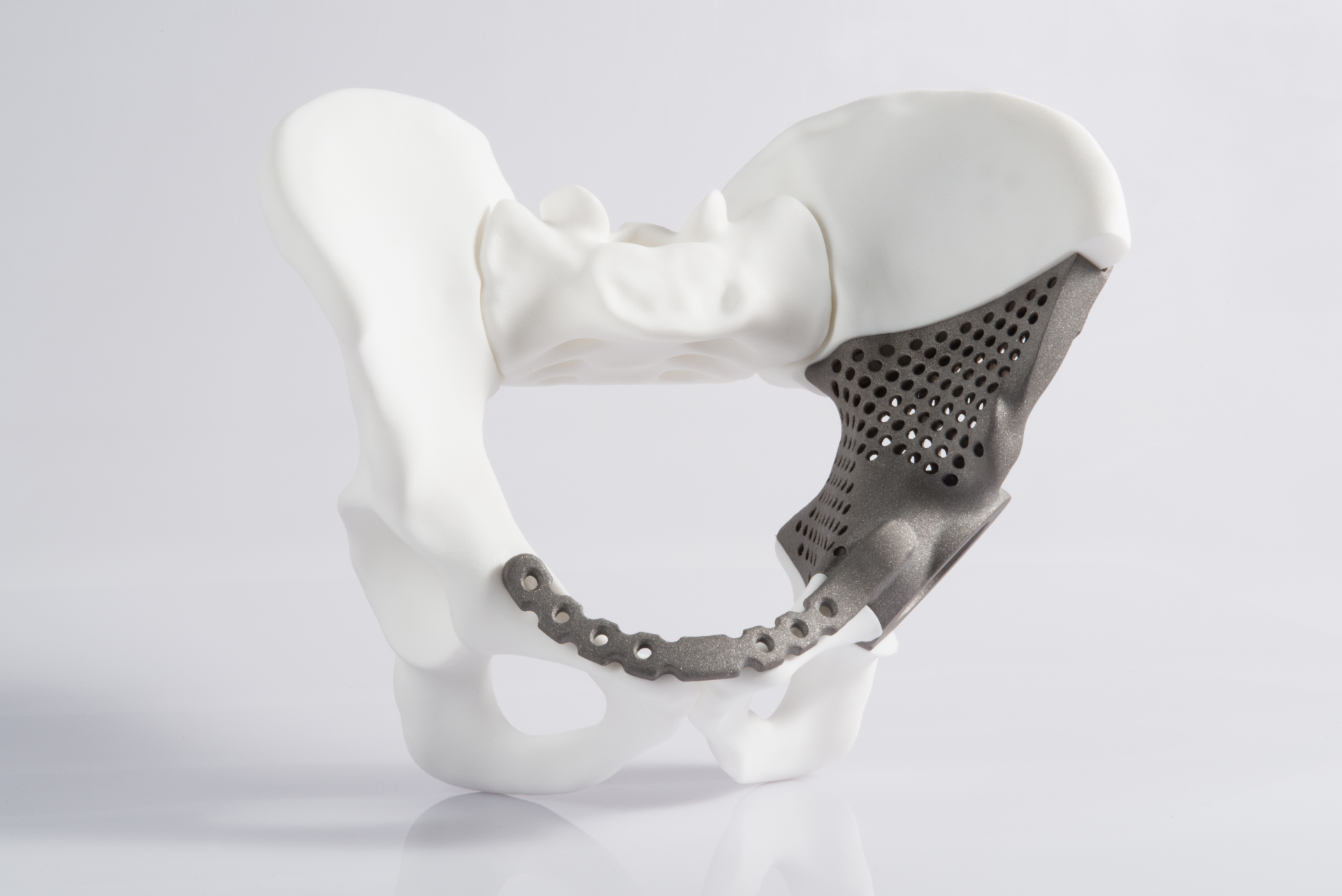
Alphaform, a specialist in additive manufactured (AM) implants, has 3D printed a titanium alloy hip implant using an EOSINT M 280 machine.
The implant was printed for a patient in Croatia who had suffered an aggressive form of bone cancer that had completely destroyed the hip, so that the only option for the doctors treating him was a complete reconstruction of the hip bone.
In the hip area, the precise shaping of the replacement bone is particularly important so the implant had to be extremely correct to allow the patient's motor skills to remain largely unaffected in the future. The femoral neck functions as the central joint for the leg and is thereby fundamental to walking and running.
The new implant also had to meet the doctors' weight specifications and had to be made in a short time period.
In order to keep the weight of the artificial hip to a minimum, engineers built in a large number of cavities, a design which can only be achieved through AM. The challenge with the integration of the empty spaces was to find the correct mix of stability and weight reduction, because the implant also needed to withstand a high degree of physical stress. The process, from the initial computer sketches to the final implant, took six weeks, including the finishing of the artificial bone.
This story is reprinted from material from EOS, with editorial changes made by Materials Today. The views expressed in this article do not necessarily represent those of Elsevier.





